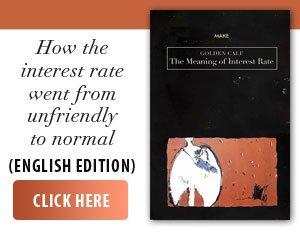The Council of the European Union announced last Friday its unanimous support for extending until March 4, 2027 the temporary protection granted to the more than 4 million Ukrainian refugees who have fled the war of aggression launched by Russia, with a decision to be taken at the institution's first meeting in Brussels.
The representative of Poland, which holds the rotating presidency of the European Union until July 1, Minister of the Interior and Administration Tomasz Siemoniak said: "While Russia continues to terrorize Ukrainian civilians with indiscriminate air strikes, the European Union reaffirms its solidarity with the Ukrainian people. We will continue to provide protection to millions of Ukrainian refugees for another year. The Polish presidency has also initiated discussions on an exit strategy from the temporary protection system, once a just peace is achieved. In the near future, we will work on common solutions across the Union, including on the gradual return to Ukraine.”
The European Union first activated the Temporary Protection Directive in March 2022, providing shelter and safety to millions of people displaced from Ukraine. The temporary protection system is designed to reduce pressure on national asylum systems, as beneficiaries are not required to submit individual asylum applications. The extension until March 2027 sends a clear message to refugees that such an application is not required to continue to benefit from protection.
It is important to note that this extension does not change the conditions of the original decision of March 2022 in terms of the categories of eligible persons or the rights they are entitled to. These include the right to reside, access to the labour market and housing, healthcare, social support and access to education for children. While European law sets minimum standards, the concrete level of support may vary from one Member State to another.
In parallel with this extension, Member States are also discussing a Council Recommendation on preparing a coordinated transition from temporary protection to other legal forms of residence. This "exit strategy" will cover issues such as changing legal status, encouraging gradual returns to Ukraine and stepping up information efforts on the options available to refugees.
The Temporary Protection Mechanism is an emergency instrument of the European Union, activated in exceptional circumstances, in the context of a massive influx of refugees. The Directive was adopted in 2001, in response to the forced displacements generated by the conflicts in the Western Balkans, in particular in Bosnia and Herzegovina and Kosovo. The Russian invasion of Ukraine was the first situation that led to the activation of this mechanism.
Depending on the evolution of the situation in Ukraine, the European Commission has the possibility to propose to the Council the early suspension of temporary protection, if there are safe conditions for a sustainable return of refugees to their country of origin.













































Reader's Opinion